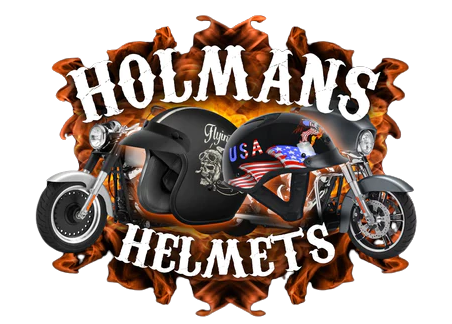Maximizing Protection with Full Face Motorcycle Helmets: The Ultimate Guide to Ensuring Safety on the Road.
Maximizing Protection with Full Face Motorcycle Helmets
When it comes to motorcycle safety gear, the helmet is undoubtedly the most important piece of equipment. And among the different types of motorcycle helmets, the full face helmet stands out as the ultimate choice for maximizing protection. In this blog post, we will delve into the key features and benefits of full face motorcycle helmets and why they should be the go-to option for riders who prioritize safety.
First and foremost, full face helmets provide complete coverage and protection for the rider’s head, face, and chin. This comprehensive design offers a significant advantage over other helmet types, such as open face or half helmets, which leave the face and chin exposed to potential impacts and injuries. In the event of a crash or collision, the full face helmet acts as a sturdy shield, minimizing the risk of facial and dental injuries, as well as traumatic brain injuries.
Another crucial aspect of full face helmets is their advanced impact protection features. Most full face helmets are constructed with a hard outer shell made from materials such as polycarbonate, fiberglass, or carbon fiber, which are designed to withstand high-velocity impacts and provide excellent abrasion resistance. Additionally, the interior of these helmets is equipped with energy-absorbing foam liners, such as EPS (expanded polystyrene), which effectively dissipate and reduce the force of impacts, enhancing the overall protective capabilities of the helmet.
Furthermore, full face helmets are engineered to offer superior aerodynamics and noise reduction, contributing to a more comfortable and focused riding experience. The streamlined design of these helmets minimizes wind resistance, reducing the strain on the rider’s neck muscles during long rides. Additionally, the full coverage design helps to block out wind noise, providing a quieter and less fatiguing environment for the rider, which can contribute to improved concentration and overall riding performance.
In terms of visibility and eye protection, full face helmets come equipped with a face shield or visor, which serves as a barrier against debris, insects, wind, and UV rays. The visor can be easily lowered or raised, providing the rider with clear visibility in various weather conditions, while also offering protection for the eyes and face from external elements. Some full face helmets also feature anti-fog and anti-scratch coatings on the visor, ensuring optimal visibility and durability.
It is important to note that the fit and quality of a full face helmet play a critical role in its protective capabilities. When choosing a full face helmet, riders should prioritize proper fit and comfort, ensuring that the helmet sits snugly on the head without causing discomfort or pressure points. Additionally, opting for helmets that meet or exceed safety standards, such as DOT (Department of Transportation) or ECE (Economic Commission for Europe) certifications, is essential for ensuring the helmet’s overall quality and protective performance.
In conclusion, full face motorcycle helmets offer a comprehensive and uncompromising approach to rider safety, providing unparalleled protection, impact absorption, aerodynamics, and visibility. By investing in a high-quality full face helmet and incorporating it as an essential part of riding gear, motorcycle enthusiasts can maximize their protection on the road and enjoy peace of mind knowing that they are well-equipped to handle potential risks and challenges. It is imperative for riders to prioritize safety and make informed choices when it comes to selecting protective gear, and opting for a full face helmet is undoubtedly a step in the right direction.
